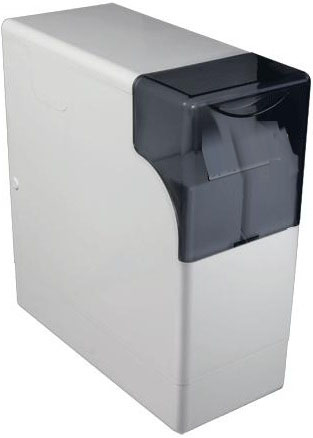Water Softener vs Water Conditioner
Water Softeners
Water Softeners work through a chemical ion exchange process that removes the calcium and replaces it with sodium. Although this solves the issues related to limescale build up, it is not recommended that softened water be drunk, due to the additional salt levels, meaning many people require the installation of separate taps for drinking water.
Water Conditioners
Water Conditioners by contrast do not add anything to the water, or change it chemically, leaving it completely safe to drink. They also don’t require the ongoing purchase of any chemicals or salt.

Electronic Water Conditioners
Electronic water conditioners work by using an electronic field to alter the shape and charge of the calcium particles within the water, so they are less able to stick to pipes and surfaces. The treatment lasts for around 7 days so one unit is normally sufficient for the whole house. Simple and effective – they really do work and over time will also break down the existing limescale that has been deposited within your plumbing.
It seems to do all the things you claim for the system. Lavatory cisterns now sparkle and the scale has fallen off round taps, dishwasher elements and kettle casing and elements. Marks have vanished in basins and lavatory pans and glasses dry without water marks. A truly remarkable device and one which we can thoroughly recommend.
— Mr W, Coventry
Magnetic Water Conditioners
Magnetic water conditioners work in a similar way, using magnetic fields. However, as these only alter the shape and charge of the water particles temporarily, they can typically only protect one household appliance, and are not suitable for any system that involves water storage. As such they are usually ineffective as a solution for the whole house.


